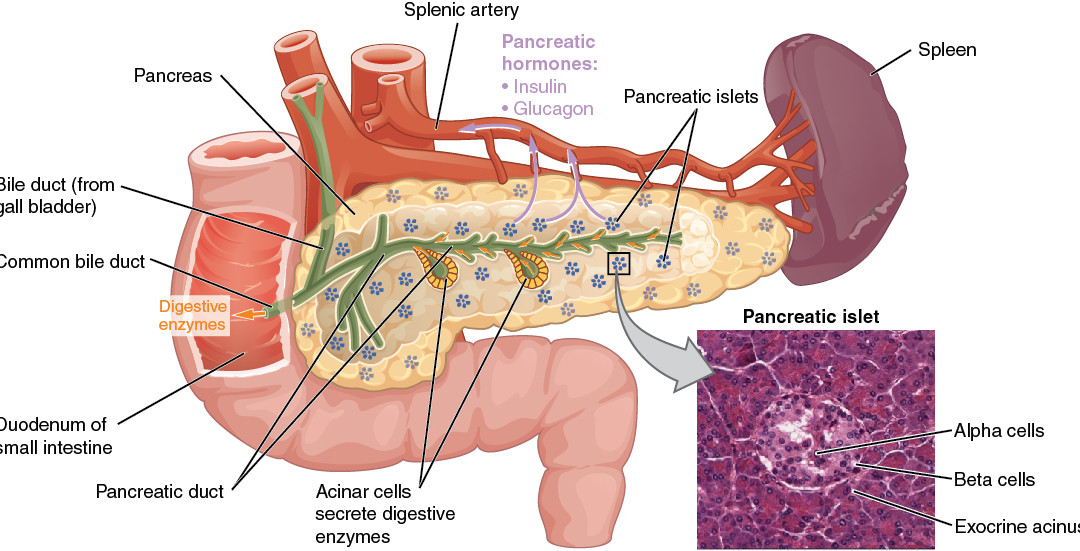Diabetes (also known as diabetes mellitus) is an important health topic. Although there are some rare cases of diabetes, in this article we provide you with a brief overview of the three main types of diabetes and how an insulin through syringes or pumps can help.
According to the Centers for Disease Control and Prevention it is estimated that 21 million people in the U.S. have been diagnosed with diabetes and that 8.1 million people have diabetes but have not been diagnosed. Maintaining a healthy lifestyle and getting adequate medical advice are keys to controlling diabetes. When evaluating your health insurance plan, it’s important that you have adequate coverage to take care of your condition. Health insurance plan coverage for diabetes should include prevention, medication, supplies, treatment and overall management of complications.
There are three types of diabetes:
- Type 1
- Type 2
- Gestational (develops during pregnancy)
Type 1 Diabetes
Type 1 diabetes is often diagnosed during childhood and adolescence. It can also emerge during adulthood. Type 1 diabetes was previously known as juvenile diabetes or insulin dependent diabetes. In this type of diabetes, the necessary insulin is either not produced by the pancreas or produced in inadequate amounts. Let’s define some terms:
What is the pancreas?
The pancreas is an organ located near the small intestine between your stomach and your spine. It helps your body in two ways: 1) it produces enzymes that help digest your food; and 2) it releases hormones like insulin to help control your blood sugar (glucose) levels.
What is insulin?
Insulin is the hormone that regulates your glucose level and keeps it from being too high (hyperglycemia) or too low (hypoglycemia). The higher the blood sugar (glucose) levels in your body, the more insulin that the pancreas secretes.
A person with type 1 diabetes has damaged cells in their pancreas and therefore cannot secrete insulin. There is no current cure for type 1 diabetes However, there are ways to manage it. First, lifelong insulin therapy is needed. Insulin is administered through pens, syringes or pumps. You and your doctor need to work closely to monitor and maintain proper glucose levels through adequate insulin dosage. It’s also important that you maintain an exercise routine, and that you monitor your nutrition and meals.
Type 2 Diabetes
Type 2 diabetes is the most common of the diabetic conditions. In this case, the pancreas (see the paragraph above) does not make enough insulin to maintain healthy glucose levels. While type 2 diabetes can be managed through oral medications, exercise and healthy eating, some people will require insulin as part of their treatment. Often, as type 2 diabetes progresses with age, medication may become a necessity.
Some people are at higher risk than others of developing type 2 diabetes: older adults, Latinos, African-Americans, Asian- Americans, Pacific Islanders and Native Americans. Regardless of what group you belong to, it’s important that your regular medical checkups manage any potential diabetes.
Gestational Diabetes
Gestational diabetes usually occurs during the 24th week of pregnancy. It is not uncommon to develop this condition. Although it does not mean that you either had diabetes before the pregnancy or that diabetes will continue after delivery, gestational diabetes can put you at risk for developing type 2 diabetes. If you develop gestational diabetes, it’s important that you monitor this risk with regular medical checkups after your delivery. Additionally, it’s a good idea that you talk to your doctor about gestational diabetes before you’re thinking of getting pregnant, and early on during your pregnancy so that a proper prenatal care can be administered for you and your baby.
Sources:

